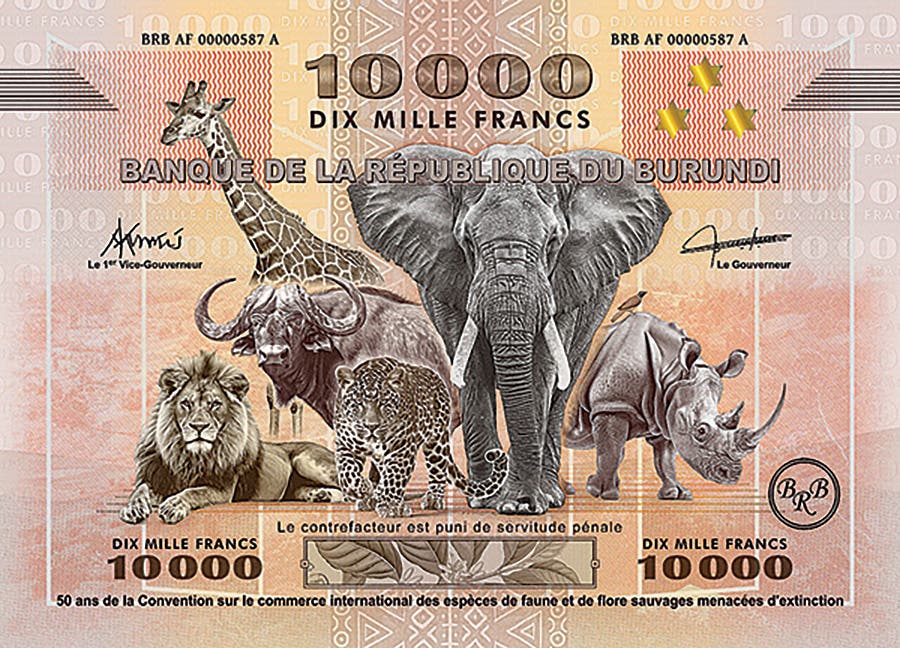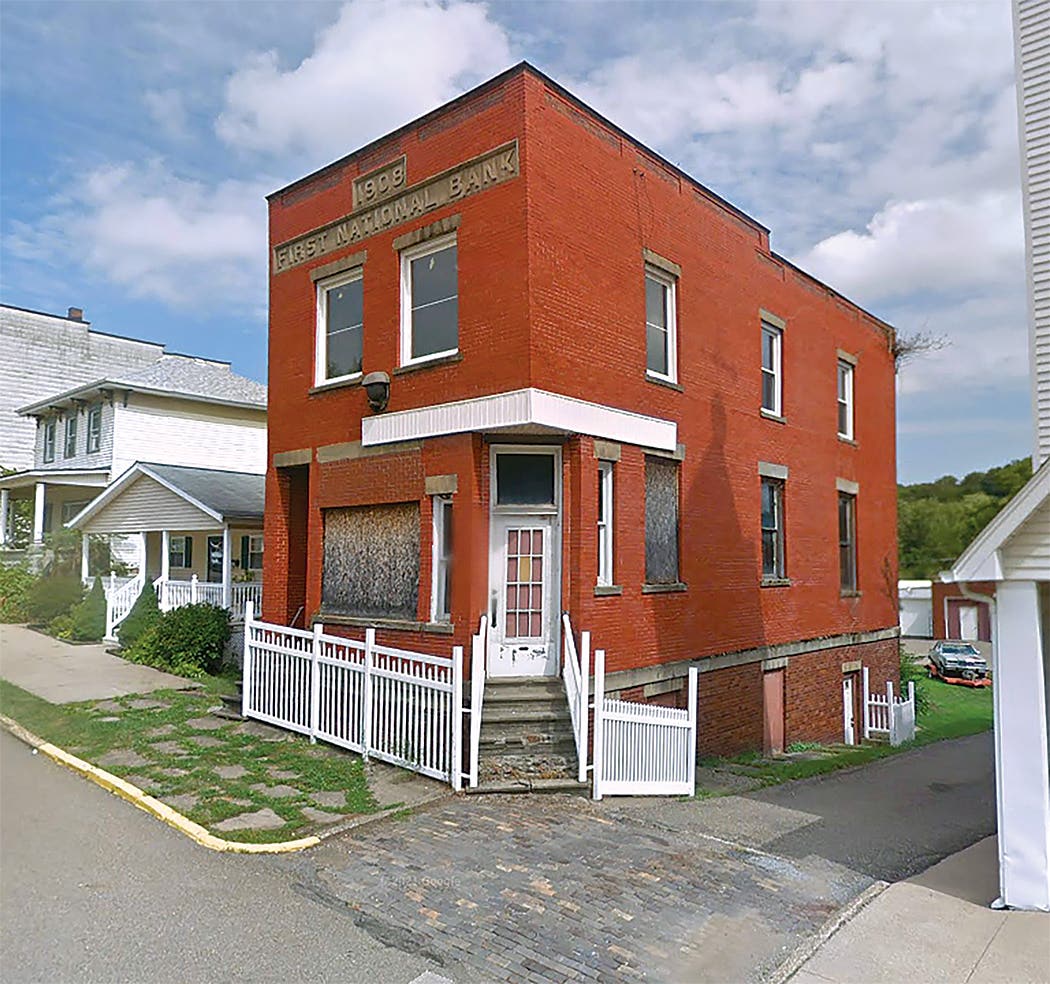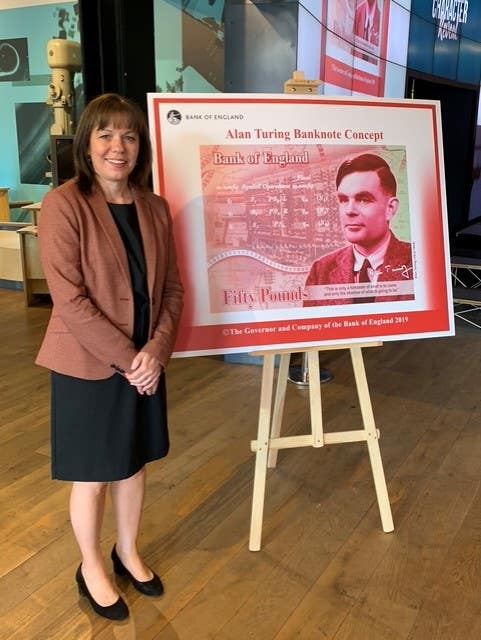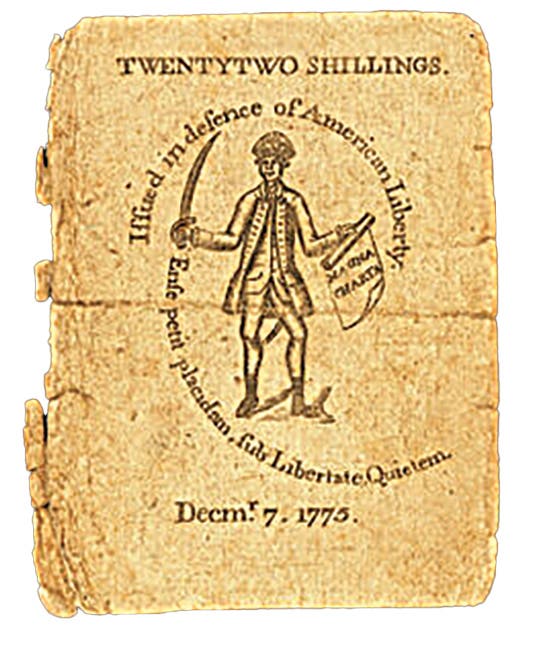Gene Autry in Oklahoma
Berwyn’s population dwindled as the Great Depression and subsequent Dust Bowl heaped misfortune on the town. But Berwyn was determined to hang on.
This month, I have a really delightful story for you. A note-issuing national bank that started as a territorial and grew in a town that was bustling and vibrant, a town that then changed its name to honor a then-famous movie actor and singer, and suddenly faded into obscurity with the last remaining structure of its once proud main street collapsing into ruins. I’m talking about Berwyn, Okla., a place you have probably never heard of and probably never will again.
Berwyn, or what is left of it, is located in south central Oklahoma’s Carter County, roughly 17 miles northeast of Ardmore and 95 miles south of Oklahoma City, on State Route 53. A store opened in the 1870s in what was then the Chickasaw Nation, Indian Territory. A post office was established inside the shop in July 1883, and the location was designated as Lou, named for the wife of proprietor C.C. Henderson. Four months later, the place was renamed Dresden. When the Gulf, Colorado, and Santa Fe Railway bypassed Dresden in 1887, residents relocated to the track. The new townsite was called Berwyn, as many of the railroad workers were from eastern Pennsylvania, and several towns along the route had been already named for towns on Philadelphia’s “Main Line” of the Pennsylvania Railroad. These included Wayne, Ardmore, and Wynnewood.
Berwyn became an active farming community known locally as a “good Saturday night town” – a place where the locals would come on the weekend to enjoy the bars, restaurants, and dances. Its population peaked in 1920 at 435, declining steadily from there. In its heyday, it boasted a feed mill, a flour warehouse, two cotton gins, a grain elevator, various stores, a bank, and the Berwyn Light newspaper.
Berwyn’s population dwindled as the Great Depression and subsequent Dust Bowl heaped misfortune on the town. But Berwyn was determined to hang on. In 1939, one of the most significant singer-songwriters and motion picture actors of the American scene, Gene Autry, purchased the 1200-acre Flying A Ranch west of Berwyn to be the headquarters of his traveling rodeo. Though Autry was born in Tioga, Texas, his family moved to Oklahoma while he was an infant. He was raised in the southern Oklahoma towns of Achille and Ravia. Autry had also worked as a telegraph operator near Berwyn, so he knew the area well. It was anticipated that he would be spending a lot of time at his new ranch. Accordingly, the town of Berwyn elected to change its name to Gene Autry.
This was the first time a town had changed its name to that of a major celebrity, though it would not be the last. In 1954, the town of Mauch Chunk, Pa., changed its name to Jim Thorpe to honor the famous Native American Olympic athlete (though Thorpe was dead and had never set foot in Mauch Chunk). In 1950, the town of Hot Springs, N.M., changed its name to Truth or Consequences after the then-popular radio (and later television) show, the result of a contest.
Back in Berwyn, the town prepared for the official name change, which was to take place on Nov.16, 1941. Expectations that Autry would make his permanent home on the Flying A Ranch were heightened when Autry’s house in California burned down just 8 days before the name change ceremony. On name change day, over 35,000 people crowded the dusty streets of Berwyn to bear witness. These included Autry himself and Oklahoma Governor Leon Phillips. Numerous photographs were taken, and the whole affair was broadcast live on Autry’s Melody Ranch radio show. I have included several photos of Autry at the ceremony.
Unfortunately for the now-named Gene Autry, Okla., the attack on Pearl Harbor occurred 21 days after the name change; Autry left the area and joined the military in 1942. He sold the Flying A Ranch in 1946, and the land was subdivided and sold off; nothing remains of it today. The town of Gene Autry held on, clinging to the memory of a man who never revisited and whose celebrity has faded over time. But more on modern Gene Autry later.
Naturally, a bustling Saturday Night town like Berwyn needed a national bank. Accordingly, the First National Bank of Berwyn, Indian Territory, received charter #7209 at the end of March 1904. The first officers were C.W. Henderson, president, and Charles Bohnke, cashier. When it opened, it was one of the most thinly capitalized banks in the territory. While most banks organized under the Gold Standard Act of 1900 had a capitalization of $25,000, banks were allowed to open with half that amount, $12,500, or the minimum capitalization of a quarter of that amount, or $6,250. These latter banks, known to collectors as “6,250 banks,” were so small that they barely issued notes at all. When bank statistics show a bank with $6,250 out at close, this usually was the original capitalization amount, and this automatically will be a very rare bank.
The First National Bank of Berwyn was one of these rare $6,250 banks. By the time it was closed by the receiver in 1930, it had only issued a paltry $113,000 in currency. This consisted of nine hundred sheets of 1902 Red Seal territorial notes (none known) and 1,241 sheets of Series of 1902 Blue Seal notes. Its issue of small size notes, just one year’s worth, was a tiny one hundred sheets, of which no notes are known. Three Large-size notes are reported, but only one has ever been available at a public sale.
Naturally, I likely wouldn’t be writing this article if a precious Berwyn, Okla., note hadn’t found its way into my hands. But one did, and I was thrilled to have it and later learn of the odd history of the town. I have included a photo of my note – it is so nicely evenly circulated and problem-free, with bold pen signatures of O.A. Sparks, cashier, and G.W. Young, president.
The name change from Berwyn to Gene Autry did not save the town. The population dwindled decade after decade. As nearby Ardmore grew and people moved away, the many buildings that crowded Main Street were dismantled or demolished. Some were ruined by tornadoes and storms over the years. There is very little real information about Berwyn/Gene Autry’s history in available sources; I was able to find a nice photograph of the First National Bank of Berwyn circa 1907, which I have included with this article. You can see it was a substantial two-story brick building with the bank on the ground floor and the Masonic Hall upstairs. “Open at 5 AM” is stenciled on the glass door. A large group of men is seen congregating in front of the bank. Who they are, I do not know; what I do know about them is that they are all dead. Next to the bank, a wooden false front Meat Market and Restaurant offers its wares. Eventually, even the town’s most substantial building, its bank, was demolished. Nothing remains of it today.
If you cruised down State Route 53 today, you would pass through what is left of Berwyn/Gene Autry without hardly a notice. It is not really a town; barely 99 people still call it home, and there are no operating stores or businesses—just a cluster of houses and side streets. For years, the only structure left from old Berwyn was a wood and stone corner general store turned grocery. I have included several photos that show this building. One is an early shot, circa 1910, with a four-wheeled horse-drawn cabriolet passing two wooden false fronts on Berwyn’s Main Street. To the right of Felix J. King’s Drug Store is the left end of the store in question, its stone façade showing.
Years later, everything on Main Street disappeared, with the sole exception of this store. It continued to operate as a grocery store and was the only mercantile business in town. As of 2018, it was vacant but still standing. By 2022, it was in ruins, the victim of a heavy storm. I have included several photos showing this building through the years and now as a pile of wreckage. In a few years, the county will haul away the remnants, and nothing will exist of old Berwyn.
As I indicated, nothing really exists in Gene Autry. The only building left is the old Berwyn School, located at 45-47 Prairie Street. This was built by the Works Progress Administration (WPA) in 1937. While originally called the Berwyn School, it was soon renamed the Gene Autry School when the town changed its name. It closed in 1989 and in 1990 was repurposed into the Gene Autry Oklahoma Museum, dedicated to the man Gene Autry. It houses the world’s largest collection of “vintage cowboys in entertainment memorabilia” from the 1920s to the present day. Most of the exhibits center on Gene Autry. It is the only functional “business” in Gene Autry and a weak attempt at drawing tourists to this otherwise truly out-of-the-way ghost town.
Sadly, like many prairie towns of Oklahoma and Texas, Berwyn has faded into just a memory. Nothing remains of its once bustling days…except, of course, for a national bank note. Stories like this bring national currency to life and make these bank notes true American history that you can hold in your hand and contemplate.
Readers may address questions or comments about this article or national bank notes in general to Mark Hotz directly by email at markbhotz@gmail.com.
You may also like:








